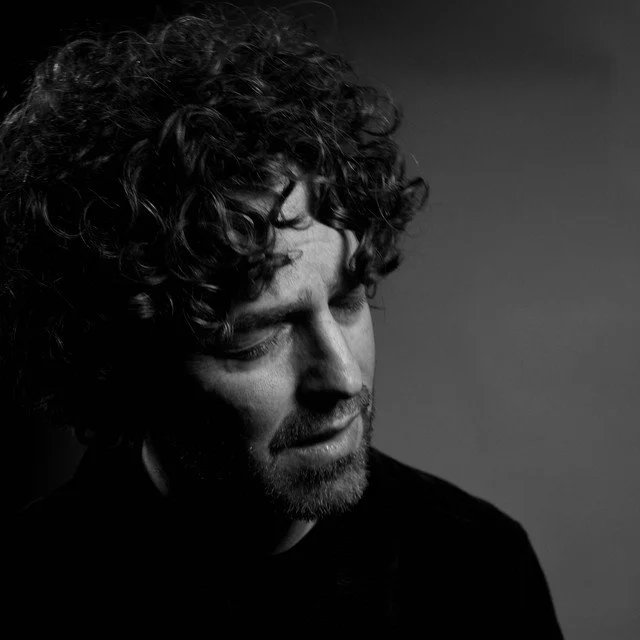LUCIE RIE- THE ADVENTURE OF POTTERY AT KETTLE'S YARD
‘Art alive is always modern, no matter how old or young.. Art-theories have no meaning for me, beauty has. This is all my philosophy.’
It is high time Lucie Rie was re-valued for our day. And who better to take on this task than Kettle’s Yard. Lucie Rie might only have a couple of her works there in the House conceived and created by Jim Ede, (actually they have just found another in the storage cellar) but the spirit of her work simply imbues the whole Kettle’s Yard project Her warm messages to Jim Ede, her delight in her visit there exude a fellow feeling with the place. And if Jim Ede acquired but few of her pieces, her wider influence has by magical osmosis entered into the spirit of the house and gallery..
Art Aruea bowl
Andrew Nairn, Kettle’s Yard’s Director says he has fielded pleas for a Lucie Rie exhibition over the years. Now he has commissioned a show worthy of her. With loans from all over Britain and Europe, display tables made in Middlesborough and the warm support of potters everywhere in the world of ceramics, he has done a wondrous job.
Variety of pots
There have been exhibitions of her work but not for a while and not in the depth of this one. Over one hundred exhibits which judging by the rapturous reception at its opening, everyone found her work so immediate, so relevant and so quintessentially modern, they would have walked off with any one of the pieces for their own home. Lucie Rie’s work breathes sophistication and simplicity together.
Lucie Rie arrived in London in 1938 at the age of 36. Already successful during the 1920s and 1930s her prizes for pots won prizes and in the words of Eliza Spindel “are infused by modernist tenets of experiment and rigour, characteristics that informed her artistic approach throughout her working life”. These in their turn were fostered by an education and training ln Vienna at that time the epicentre of pioneering architects, artists composers and designers keen to create new ways of expression Lucie and her husband had fled her native Austria after the Nazi takeover of the country in the infamous Anschluss. Her privileged family, her father a doctor, the family devotees of the Arts, were now in real danger – they were Jewish.
Of the hundreds of refugees of that time, few individuals would have such a colossal impact on the arts as Lucie Rie. Her style was to mould the taste of a nation, sculpt the spirit of an era. Every piece in this brilliantly curated exhibition testifies to the quiet genius of a woman who made the greatest impact on twentieth century taste – she raised the status of ceramics, created her own style of studio pottery and stamped an ineffaceable mark on the decades before her.
From her inspired simple contribution to the sadly short life of the Festival of Britain in 1951 – a simple beaker – to her vast output in the decades to come, Lucie Rie,, émigré, artist, entrepreneur and survivor has in her laconic, yet confident way helped formed the zeitgeist of modernism as sure as she stamped her famous mark on her visionary ceramics.









